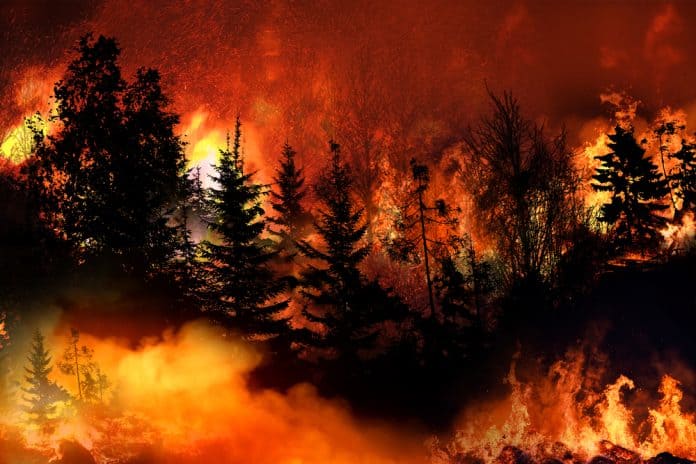Wildfires can have significant effects on logistics, disrupting supply chains, transportation networks, and overall business operations. Below are some of the key ways in which wildfires can impact logistics.
1. Transportation Disruptions:
Wildfires can lead to road closures, evacuation orders, and restricted access to certain areas. This can disrupt the movement of goods and raw materials, causing delays and increasing transportation costs. In extreme cases, wildfires can damage roads, bridges, and other infrastructure, making transportation even more challenging.
2. Supply Chain Interruptions:
Wildfires can occur in regions that are important hubs for manufacturing, agriculture, or distribution centers. When these areas are affected, it can lead to supply chain interruptions, causing delays in production and distribution. Businesses may struggle to receive essential inputs or deliver finished products to customers.
3. Inventory Management:
Companies located in or near wildfire-prone areas may face challenges in managing their inventory. They may need to take precautionary measures to protect their stock from potential fire damage, which could include moving inventory to safer locations or using protective measures like fire-resistant storage facilities.
4. Air Quality and Visibility:
Wildfires produce smoke and ash, which can reduce visibility and affect air quality. Poor visibility can lead to flight cancellations and disruptions in air cargo transportation. Additionally, compromised air quality can impact the health and safety of workers, potentially leading to labor shortages.
5. Labor Shortages:
Wildfires can force employees to evacuate their homes or face hazardous air quality conditions. This can result in labor shortages, as employees may be unable to report to work. Industries heavily reliant on manual labor, such as agriculture and forestry, are particularly vulnerable to these workforce disruptions.
6. Insurance and Risk Management:
The increased risk of wildfires in certain regions may result in higher insurance premiums for businesses operating in those areas. Companies may also need to reassess their risk management strategies and invest in additional safety measures to protect their assets and supply chains
7. Market Demand and Prices:
Depending on the location and severity of wildfires, they can affect consumer behavior and demand patterns. For example, wildfires can lead to increased demand for specific products like firefighting equipment, protective gear, and disaster recovery supplies.
As you can see from the various effects above, wildfires can have widespread and long-lasting effects on logistics, impacting supply chains, transportation networks, and business, in general. Mitigating these impacts requires proactive planning, preparedness, and collaboration among stakeholders to ensure a more resilient and adaptive logistics system.




